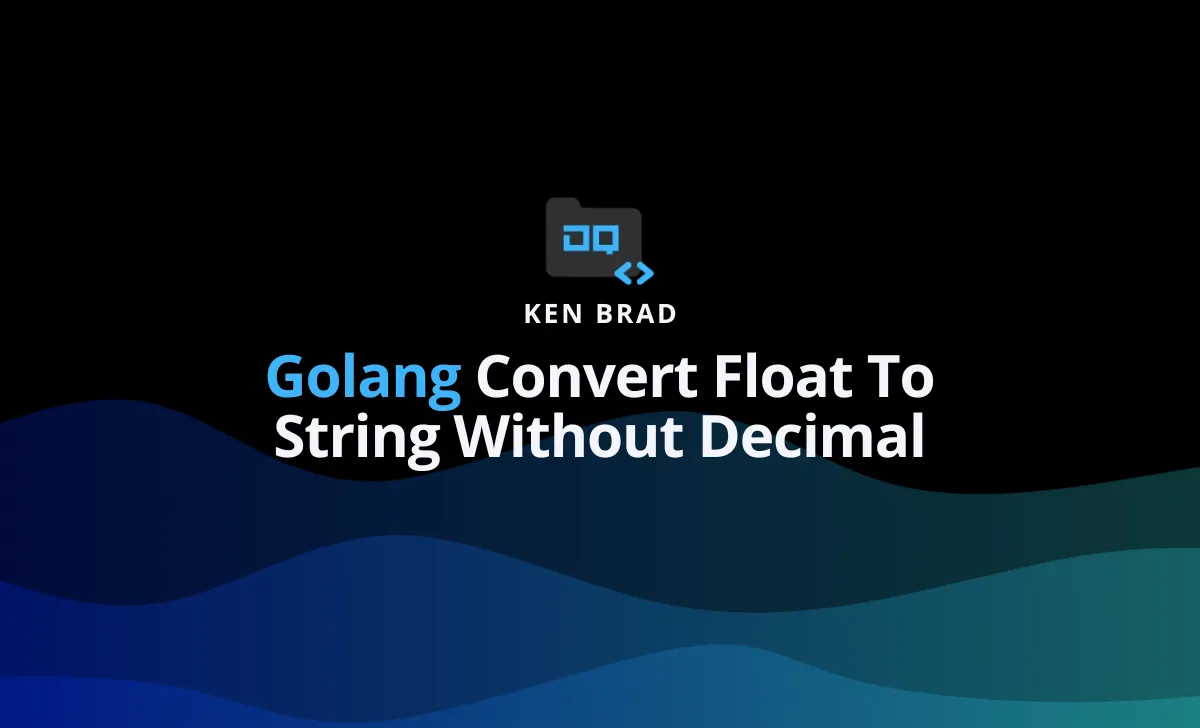In the dynamic landscape of Golang programming, the need to convert floating-point numbers to strings without decimals often arises. This precision is crucial in various scenarios, from financial applications to data processing. Golang, known for its simplicity and efficiency, provides an elegant solution through the strconv package.
What’s Inside
The strconv Package
The strconv package in Golang serves as a powerhouse for handling string conversions. Its notable FormatFloat function empowers developers to tailor the representation of floating-point numbers with precision. Let’s delve into the intricacies of this package and understand how it transforms numeric data into string format.
FormatFloat Parameters:
The FormatFloat function operates with four essential parameters, each playing a distinct role in the conversion process. Here’s a breakdown of these parameters:
- Floating-Point Number: The numeric value that needs conversion.
- Format Specifier (‘f’): Indicates the format as a floating-point number.
- Precision: Determines the number of decimal places. For our purpose, precision is set to 0.
- Bit Size (64): Specifies the size of the floating-point number; use 64 for float64.
Let’s now craft the FormatFloat call to convert float to string without decimal.
Crafting the FormatFloat Call:
stringWithoutDecimal := strconv.FormatFloat(floatNumber, 'f', 0, 64)
This concise line of code encapsulates the essence of the conversion process in Golang. It takes a floating-point number (floatNumber), sets the format to a floating-point number (‘f’), specifies zero decimal places for precision, and designates a bit size of 64 for a float64.
Practical Application:
Let’s put theory into practice with a real-world example. Consider the floating-point number 123.456. Applying the FormatFloat call, we seamlessly transform it into a string without decimal places:
floatNumber := 123.456 stringWithoutDecimal := strconv.FormatFloat(floatNumber, 'f', 0, 64)
In this scenario, stringWithoutDecimal now holds the value “123,” devoid of any decimal components.
Explore Related Topics:

